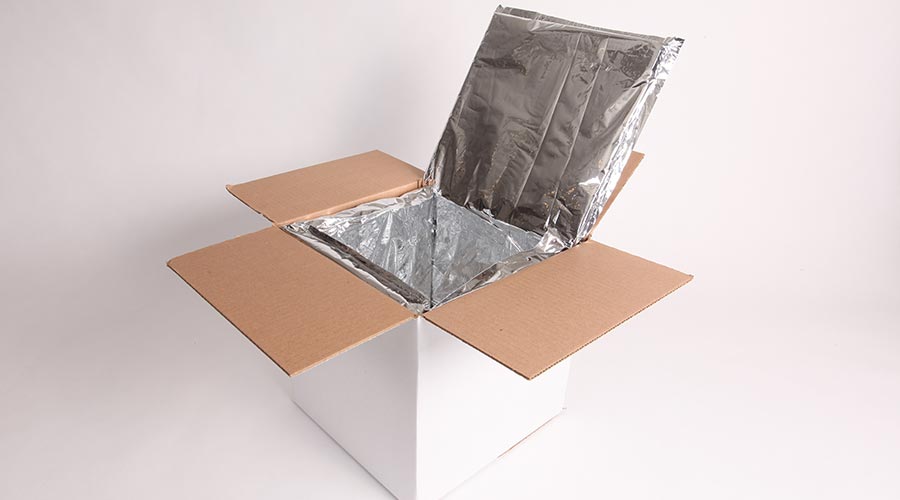
Effective packaging plays a pivotal role in safeguarding the quality and safety of perishable foods during transportation, especially for sensitive products like meat and poultry.
The journey from farm to table involves various logistical challenges where maintaining optimal conditions is paramount to prevent spoilage and ensure consumer satisfaction. In this context, the selection of appropriate packaging materials and techniques becomes crucial, as they serve as the frontline defense against environmental factors and microbial contamination.
This article aims to explore the intricacies of packaging solutions tailored specifically for meat and poultry products, delving into the diverse array of materials and technologies available to preserve freshness and extend shelf life during transit.
By unraveling the complexities of meat and poultry packaging, we can navigate towards effective strategies that uphold the highest standards of quality, safety, and consumer confidence throughout the supply chain.
Factors Influencing Food Freshness During Shipping
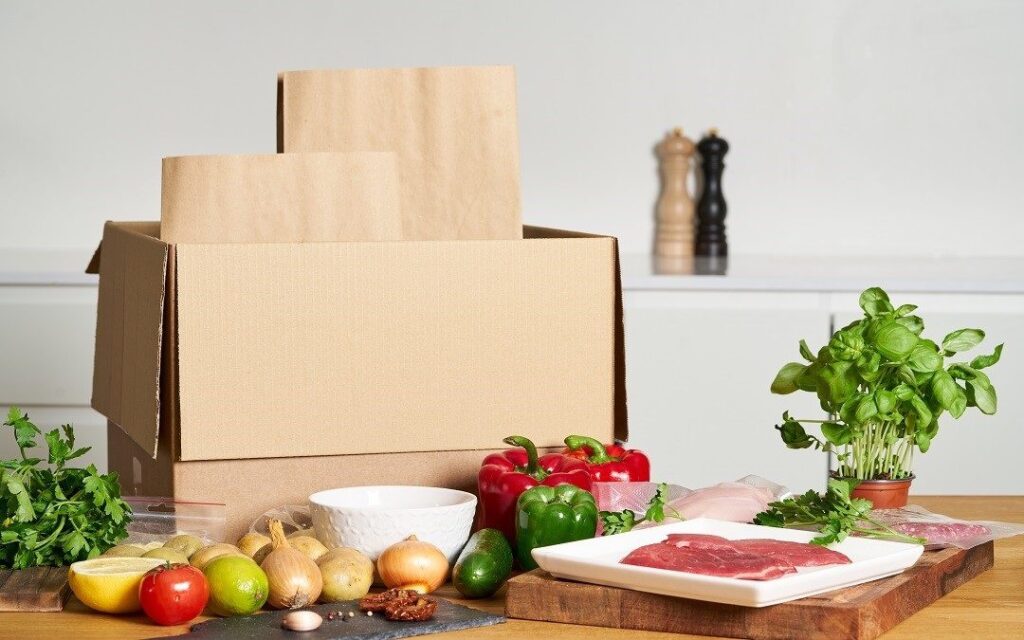
Preserving the pristine freshness of perishable foods like meat and poultry during shipping entails meticulous management of several critical factors.
Chief among these determinants is temperature control, where even minor deviations from the ideal range can substantially alter microbial growth rates, enzymatic activity, and biochemical reactions within the food matrix.
Furthermore, maintaining optimal humidity levels is imperative to prevent moisture loss, which can lead to undesirable dehydration, or excessive moisture, fostering microbial proliferation and compromising product integrity.
Light exposure poses yet another challenge, as it can catalyze photooxidative reactions in fats and proteins, resulting in off-flavors and undesirable changes in color. Moreover, ensuring superior air quality within the packaging environment is essential to minimize oxidative deterioration and thwart the proliferation of aerobic microorganisms, which can cause spoilage.
By astutely managing these intricacies throughout the shipping process, food producers can effectively safeguard the freshness and quality of meat and poultry products, thus ensuring utmost consumer satisfaction and safety upon delivery.
Common Packaging Materials for Shipping Perishable Foods
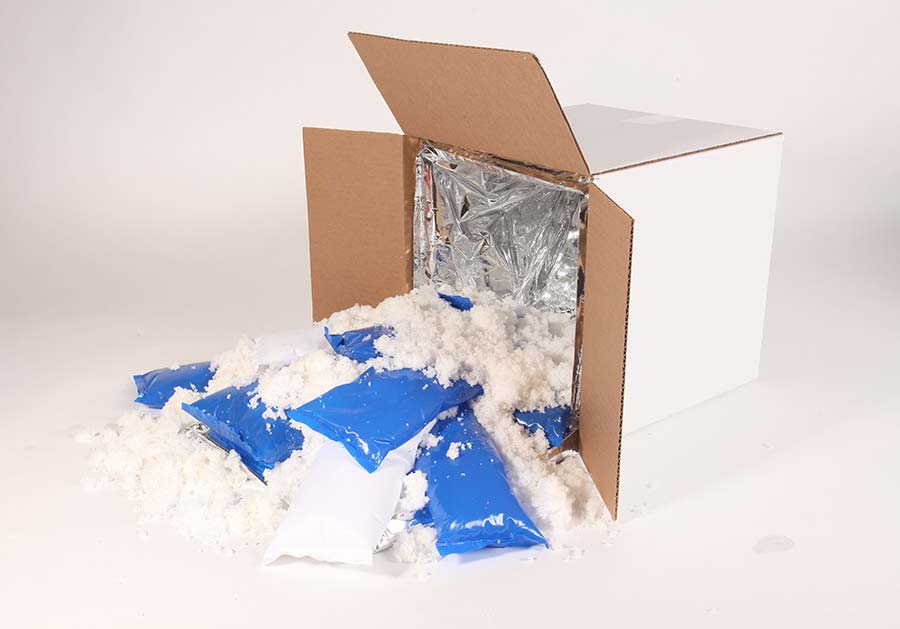
When it comes to shipping perishable foods like meat and poultry, selecting the appropriate packaging materials is paramount to maintaining product freshness and safety throughout the transit process. Several packaging materials have been developed specifically for this purpose, each offering unique properties and benefits tailored to the needs of perishable food items.
Insulated containers, commonly made from expanded polystyrene (EPS) foam or polyurethane, are widely used for shipping perishable foods. These containers provide excellent thermal insulation, helping to regulate temperature fluctuations and protect products from temperature extremes during transit. Additionally, insulated containers often feature tight-fitting lids or seals to minimize air exchange, further enhancing temperature control.
Corrugated boxes, manufactured from layers of fluted cardboard sandwiched between linerboard, are another popular choice for shipping perishable foods. These boxes offer durability and strength while also providing some degree of insulation against temperature fluctuations. Corrugated boxes can be combined with insulating materials such as foam inserts or thermal liners to enhance their thermal performance.
Thermal liners, composed of reflective materials like aluminum foil or metallized film laminated to insulating materials such as foam or bubble wrap, are specifically designed to provide thermal insulation during shipping. These liners are typically placed inside cardboard boxes or other shipping containers to create a barrier against heat transfer, helping to maintain the desired temperature range for perishable foods.
In addition to these common packaging materials, other options such as vacuum-sealed bags and gel packs are also utilized for shipping perishable foods.
Vacuum-sealed bags help to remove air from around the product, reducing the risk of oxidation and spoilage. Gel packs, filled with a gelatinous substance that can be frozen or refrigerated, are often used to provide additional cooling during transit, especially for products that require strict temperature control.
Overall, the selection of packaging materials for shipping perishable foods depends on various factors such as the type of product, shipping distance, and temperature requirements. By choosing the most suitable packaging materials and techniques, food producers can ensure that their perishable products arrive at their destination fresh, safe, and ready for consumption.
Innovative Packaging Solutions
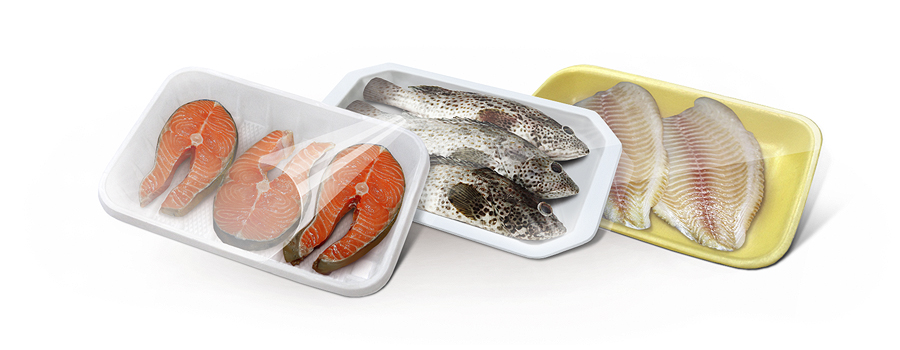
Recent innovations in packaging for shipping perishable foods have introduced advanced technologies to enhance product freshness and safety during transit.
Active packaging systems incorporate substances like oxygen scavengers and antimicrobial agents to actively interact with the food environment, controlling microbial growth and oxidation.
Modified atmosphere packaging (MAP) adjusts gas composition to create an optimal atmosphere, extending shelf life while preserving product quality. Intelligent packaging systems equipped with sensors provide real-time monitoring of temperature, humidity, and light exposure, allowing proactive intervention to prevent spoilage.
Nanocomposite materials with nanoparticles create barriers against oxygen and contaminants, further extending shelf life and ensuring product freshness. These innovative solutions revolutionize the shipping of perishable foods, meeting consumer demands for freshness and quality assurance.
Environmental Considerations
In the packaging of perishable foods for shipping, environmental concerns are increasingly vital, driven by a surge in sustainability awareness and consumer preferences. Biodegradable materials sourced from renewable origins offer a sustainable alternative to traditional packaging, decomposing naturally and reducing landfill waste.
Moreover, recyclable packaging supports circular economy principles by promoting material reuse and recycling, minimizing resource consumption and carbon emissions. Life cycle assessments (LCAs) play a crucial role in evaluating environmental impacts, guiding packaging optimization and sustainability improvements throughout the supply chain.
Initiatives such as sustainable sourcing and carbon footprint reduction strategies reinforce environmental stewardship, aligning with consumer expectations for eco-friendly products. By prioritizing sustainable packaging and efficient distribution practices, stakeholders contribute to a more environmentally sustainable food supply chain.
In summary, integrating environmental considerations into perishable food packaging is crucial for sustainability and meeting consumer demand for eco-friendly products. Through sustainable packaging solutions and holistic environmental management, the industry can reduce its environmental footprint while ensuring the availability of fresh, safe food for generations to come.
Regulatory Compliance
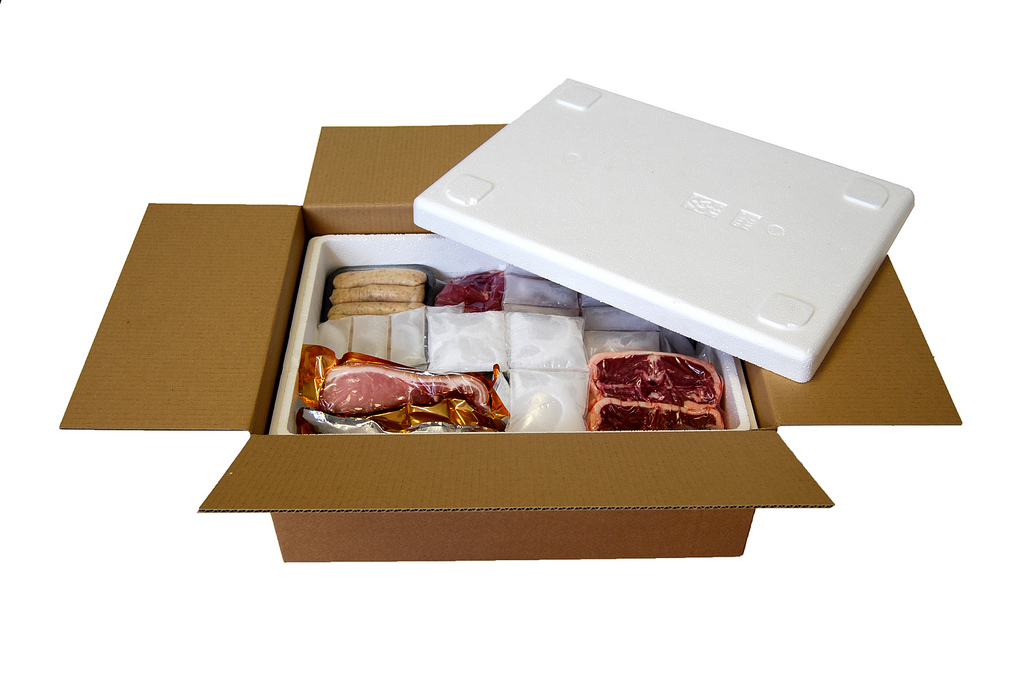
Ensuring regulatory compliance is paramount in the packaging of perishable foods for shipping, as it encompasses various legal requirements and standards aimed at safeguarding food safety and quality throughout the supply chain.
Regulatory bodies such as the Food and Drug Administration (FDA) and the European Food Safety Authority (EFSA) establish stringent guidelines governing packaging materials, labeling, and transportation practices.
Packaging materials must comply with specific regulations regarding their suitability for direct contact with food, including considerations for migration limits of substances into food and potential health risks associated with packaging components. Adherence to these regulations necessitates thorough testing and evaluation of packaging materials to ensure they meet safety standards.
Moreover, labeling requirements play a critical role in regulatory compliance, with regulations mandating clear and accurate labeling of perishable food products regarding their contents, nutritional information, allergen declarations, and expiration dates. Additionally, labeling regulations may require specific information regarding the packaging material’s recyclability or disposal instructions to promote environmental sustainability.
Furthermore, compliance with food safety management systems such as Hazard Analysis and Critical Control Points (HACCP) is essential to ensure the implementation of robust quality assurance measures and mitigate potential hazards in perishable food packaging facilities.
Overall, adherence to regulatory requirements is fundamental to upholding consumer trust, mitigating legal risks, and maintaining the highest standards of food safety and quality in the packaging of perishable foods for shipping.
In conclusion, effective packaging solutions play a pivotal role in ensuring the freshness, safety, and quality of perishable foods during shipping.
By integrating innovative technologies, such as active packaging systems and modified atmosphere packaging, food producers can extend shelf life and minimize spoilage risks. Moreover, prioritizing environmental considerations and regulatory compliance fosters sustainability and consumer trust.
Moving forward, continued collaboration between industry stakeholders and regulatory bodies will drive advancements in packaging practices, further enhancing the integrity of perishable food supply chains.
Ultimately, by embracing cutting-edge packaging solutions and adhering to rigorous standards, the industry can meet the evolving demands of consumers while minimizing environmental impact and ensuring the delivery of fresh, safe, and high-quality perishable foods worldwide.




